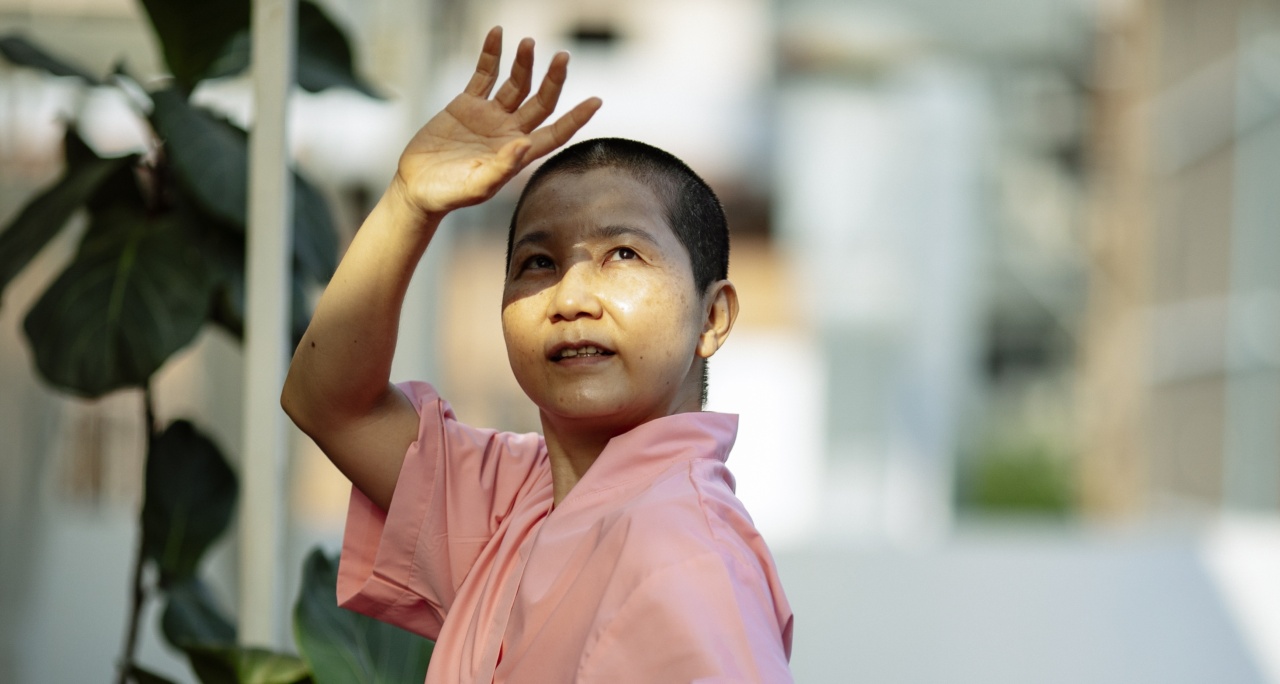Endometrial cancer, also known as uterine cancer, affects the lining of the uterus. It is the most common type of cancer that occurs in the female reproductive system.
Early detection and prevention play a crucial role in managing this disease effectively. In this article, we will explore the diagnosis and prevention tips for endometrial cancer.
Diagnosis
Diagnosing endometrial cancer involves a series of steps and tests to confirm the presence of cancer cells in the uterus. Here are some common diagnostic methods used for detecting endometrial cancer:.
1. Pelvic Examination
A pelvic examination is the first step in diagnosing endometrial cancer. During this examination, your healthcare provider will visually inspect your pelvic organs, including the uterus, cervix, ovaries, and fallopian tubes.
They may also perform a Pap smear to check for abnormal cells in the cervix.
2. Transvaginal Ultrasound
A transvaginal ultrasound uses sound waves to create images of the uterus and other pelvic organs. It helps your doctor determine the thickness of the endometrium (the lining of the uterus) and identify any abnormalities or tumors.
3. Endometrial Biopsy
An endometrial biopsy is a procedure where a small sample of tissue is taken from the lining of the uterus and examined under a microscope. This helps in identifying cancer cells or any other abnormal changes in the endometrium.
4. Hysteroscopy
A hysteroscopy involves inserting a thin, lighted tube called a hysteroscope into the uterus through the vagina and cervix. This allows the doctor to examine the inside of the uterus and collect tissue samples if needed.
5. Imaging Tests
Imaging tests such as CT scans, MRI scans, or PET scans may be ordered to determine the extent of cancer spread (if present). These tests help identify if cancer has metastasized to nearby lymph nodes or other organs.
6. Dilation and Curettage (D&C)
Dilation and curettage is a surgical procedure that involves removing a sample of tissue from the lining of the uterus. This tissue is then examined to detect cancer cells.
Prevention Tips
Although it is not always possible to prevent endometrial cancer, certain lifestyle changes and risk-reducing strategies can help minimize the risk. Here are some prevention tips:.
1. Maintain a Healthy Weight
Obesity is a significant risk factor for endometrial cancer. Estrogen, a hormone produced in fat cells, can stimulate the growth of endometrial cells.
By maintaining a healthy weight through regular exercise and a balanced diet, you can reduce the risk of developing endometrial cancer.
2. Use Birth Control Pills
Long-term use of birth control pills has been found to reduce the risk of endometrial cancer.
The hormones in these pills help regulate the menstrual cycle and lower the estrogen levels, thus reducing the chances of abnormal cell growth in the endometrium.
3. Get Regular Exercise
Engaging in regular physical activity can help control weight and reduce the risk of endometrial cancer. Aim for at least 150 minutes of moderate-intensity exercise or 75 minutes of vigorous exercise each week.
4. Eat a Healthy Diet
Avoiding high-fat and low-fiber foods is recommended to reduce the risk of endometrial cancer. Increase your intake of fruits, vegetables, whole grains, and lean proteins. Limit the consumption of red meat and processed foods.
5. Limit Estrogen Exposure
Continuous exposure to estrogen without progesterone can increase the risk of endometrial cancer. Women who have never been pregnant or started menstruating early or reached menopause late are at a higher risk.
Consider hormonal therapies or oral contraceptives that contain both estrogen and progesterone to balance hormone levels.
6. Regular Check-ups and Screenings
Regular check-ups and screenings can help detect endometrial cancer at an early stage. Discuss with your healthcare provider to determine the appropriate age to start screening and the frequency of screening tests based on your individual risk factors.
7. Understand Your Family History
If there is a family history of endometrial or other reproductive cancers, it is essential to inform your healthcare provider. They may recommend genetic counseling or additional screenings to assess your risk accurately.
8. Smoking and Alcohol Cessation
Smoking and excessive alcohol consumption have been linked to an increased risk of endometrial cancer. Quit smoking and limit your alcohol intake to lower the risk.
9. Recognize the Symptoms
Knowing and recognizing the symptoms of endometrial cancer can lead to an early diagnosis. Keep an eye out for unusual vaginal bleeding or discharge, pelvic pain, difficulty urinating, or changes in bowel habits.
If you experience any of these symptoms, consult a healthcare professional promptly.
10. Stay Informed
Stay informed about the risk factors, symptoms, and prevention strategies associated with endometrial cancer. Educate yourself about the latest advancements in diagnostic methods and treatment options.
By following these diagnosis and prevention tips, you can take proactive steps towards identifying endometrial cancer early and reducing your risk of developing this condition.





























